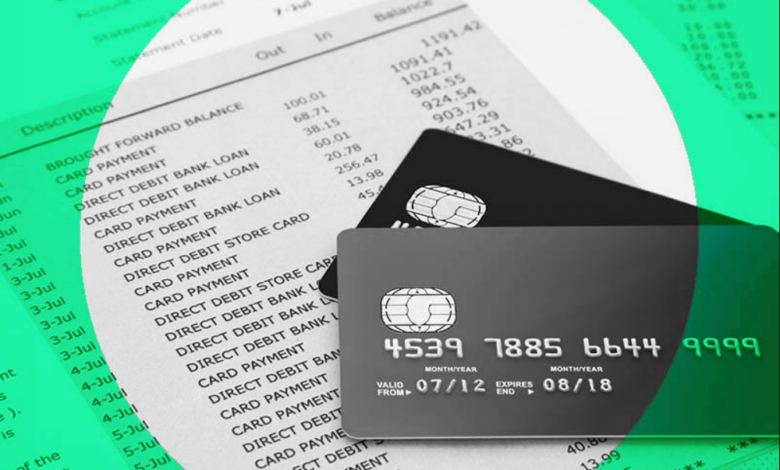Analysing Your Spending Habits: Using Your Credit Card Statement for Budgeting

Budgeting isn’t always a walk in the park. It requires discipline, foresight, and a good grasp of your income and expenses. Most people can struggle to keep track of their spending habits, often leading to overspending or mismanagement of funds.
But what if there was a tool you could use to understand your spending patterns better? This is where your Credit Card statement can help you out. It can provide valuable insights into your expenditure and help you create a more effective budget.
Understanding Your Credit Card Statement
Your Credit Card statements are not just a record of your transactions. They are a snapshot of your spending habits, which includes detailed information about your purchases, payments, fees, and interest charges.
- Transaction Details: Here, you’ll find a list of all your Credit Card purchases. Each entry will include the merchant’s name, the transaction date, and the amount spent.
- Fees and Interest: This section details any fees incurred and interest charged on your outstanding balance. If you’ve made a late payment or exceeded your credit limit, fees associated with this will also be listed.
- Payment Information: This part of your statement shows your total outstanding balance, minimum payment due, and payment due date.
Identifying Spending Patterns
Recognizing your spending patterns is the first step towards effective budgeting. Your card statement can help you categories your expenses and identify areas where you overspend.
- Categorizing Your Expenses: Divide your transactions into categories such as groceries, dining out, entertainment, utilities, etc. This will give you a clear picture of where your money is going.
- Identifying High Spending Areas: Once you’ve categorized your spending, look for areas where your expenditure is high.
Aligning Credit Card Spending with Budget Goals
Once you’ve identified your spending patterns, it’s time to align them with your budget goals.
- Adjusting Spending Habits: Consider cutting back if you spend too much on non-essential items.
- Reallocating Funds: Use the extra money from reducing expenses in one category to fund another.
- Setting Spending Limits: Based on your analysis, set a monthly spending limit for each category. Ensure these limits align with your overall budget goals.
Remember, your financial goals should guide your spending decisions. After applying for a Credit Card and using it for purchases, analysing card statements becomes essential. This can help you make smarter spending choices that bring you closer to your goals.
Leveraging Credit Card Features for Better Budgeting
Most Credit Cards come with features that can aid in budgeting. They are as follows:
- Spending Alerts: Some cards allow you to set up alerts that notify you when you’re approaching your spending limit in a particular category.
- Categorisation Tools: Certain Credit Cards offer tools that automatically categorize your spending, making it easier to track your expenses.
- Reward Programs: If your card offers reward points for spending in certain categories, use this to your advantage. However, don’t let the lure of rewards lead you to overspend.
Overcoming Challenges in Credit Card Budgeting
Using your card statement for budgeting comes with its own set of challenges. Some of them are:
- Impulse Purchases: Credit Cards can tempt you to make impulse purchases. Consider waiting a day or two before making a big purchase to combat this.
- Late Payments: Late payments can result in hefty fees and a lower CIBIL score. Thus, set up automatic payments or reminders to avoid missing your due date.
- High-Interest Rates: If you’re not paying your balance in full each month, you’ll be charged interest, which can add up over time. Try to pay off your balance in full monthly to avoid interest charges.
The Role of Digital Tools in Credit Card Budgeting
Digital tools are crucial in Credit Card budgeting, offering convenient and efficient ways to manage your finances. These tools provide real-time access to transaction history, spending categorisation, and personalised budgeting features. They enable you to track your expenses, set spending limits, and receive alerts when nearing predefined thresholds.
Additionally, digital tools often offer visualisation features such as charts and graphs, making it easier to understand your spending patterns and make informed financial decisions. With the ability to sync across multiple devices, these tools provide you with constant accessibility, thereby empowering you to control your Credit Card expenditures.
Conclusion
Your Credit Card statement is a powerful tool for understanding your spending habits and improving your budgeting skills. Regularly reviewing your statement can help you identify spending patterns, adjust your habits, and make informed decisions that align with your financial goals.




